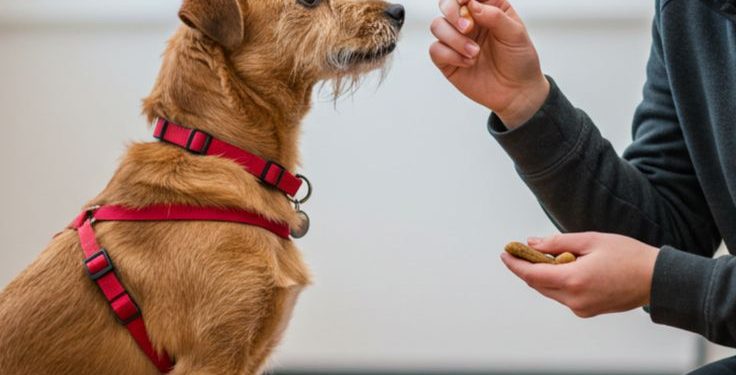Pasadena, California, is home to a thriving community of dog owners who are keen on providing their furry companions with the best possible care, including professional training. With numerous highly skilled dog trainers in the area, the process of choosing the right one can feel daunting. However, by focusing on key criteria and asking the right questions, you can confidently select a top dog trainer in Pasadena who perfectly aligns with your dog’s needs, your training philosophy, and your lifestyle, ensuring a successful and harmonious journey top dog trainers Pasadena CA.
1. Define Your Specific Training Needs and Goals
Before you even begin researching trainers, take a moment to clearly articulate what you hope to achieve. Are you bringing home a new puppy and need foundational obedience and socialization? Is your adolescent dog developing challenging behaviors like excessive barking or leash pulling? Are you dealing with more complex issues such as reactivity, anxiety, or aggression in an adult dog? Your specific goals will significantly narrow down the field, helping you identify trainers who specialize in the areas most relevant to you. A trainer who excels in competitive obedience might not be the best fit for severe separation anxiety, and vice-versa.
2. Prioritize Certifications and Professional Affiliations
In an unregulated industry like dog training, professional certifications are a crucial indicator of a trainer’s commitment to ethical, science-based practices. Look for trainers in Pasadena who hold credentials from reputable, independent organizations such as:
- Certification Council for Professional Dog Trainers (CCPDT): Signifies a broad understanding of canine behavior and learning theory.
- Karen Pryor Academy (KPA) Certified Training Partner: Indicates expertise in positive reinforcement and clicker training.
- Association of Professional Dog Trainers (APDT): Membership often reflects a commitment to humane methods and ongoing education.
- Certified Dog Behavior Consultant (CDBC): For more complex behavioral issues, this certification denotes advanced education and experience.
These certifications assure you that the trainer has met rigorous standards and stays current with the latest advancements in the field.
3. Understand Their Training Philosophy and Methods
This is perhaps the most critical aspect of your selection. Inquire deeply about the trainer’s philosophy and the specific methods they employ. The most respected and effective trainers in Pasadena, and indeed globally, primarily use positive reinforcement. This approach focuses on rewarding desired behaviors to increase their likelihood of repetition, making learning enjoyable and strengthening the bond between you and your dog.
Be wary of trainers who advocate for or use aversive tools (like choke chains, prong collars, or shock collars) or methods that rely on fear, intimidation, or pain. A good trainer will be transparent, able to clearly explain their methods, and willing to discuss the science behind their approach. Ensure their philosophy aligns with your comfort level and your desire for a humane training experience.
4. Evaluate Experience and Specialization
Beyond certifications, consider the trainer’s practical experience. How many years have they been training? What types of dogs have they worked with? Do they have a proven track record with issues similar to yours? Some trainers specialize in specific areas (e.g., puppy development, reactivity, service dog training), while others offer a broader range of services. Choose a trainer whose experience directly matches your needs. Don’t hesitate to ask for references or review client testimonials and success stories.
5. Assess Communication Style and Owner Education
A top dog trainer doesn’t just train dogs; they are skilled educators for humans. During your initial consultation, pay close attention to their communication style. Do they listen attentively to your concerns? Do they explain concepts clearly and patiently? Do they empower you with the knowledge and skills to continue the training independently? The best trainers understand that your active participation is crucial for long-term success. You should feel comfortable asking questions and confident in your ability to apply their guidance.
6. Consider Program Structure and Logistics
Finally, evaluate the practical aspects of their programs. Do they offer private in-home sessions, group classes, or board-and-train options? Which format best suits your schedule, budget, and your dog’s learning style? Inquire about class sizes, session durations, and what kind of ongoing support is provided after the initial training concludes.
By diligently considering these factors, you can confidently navigate the options and choose among the top dog trainers in Pasadena, ensuring a positive and effective training experience that leads to a happier, well-behaved canine companion and a stronger bond for years to come.








